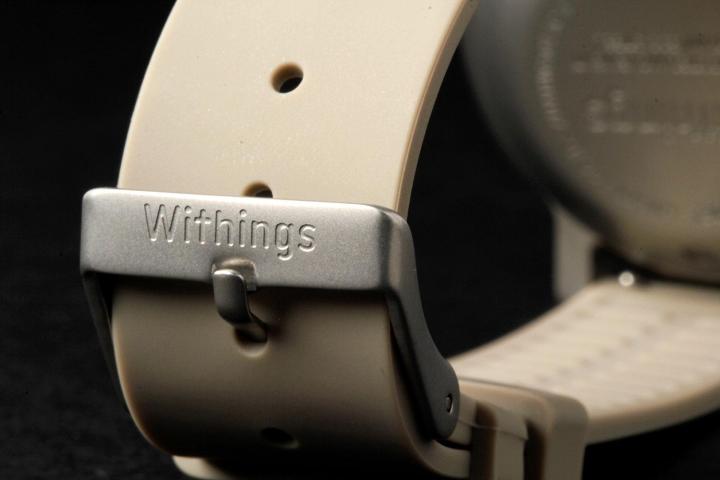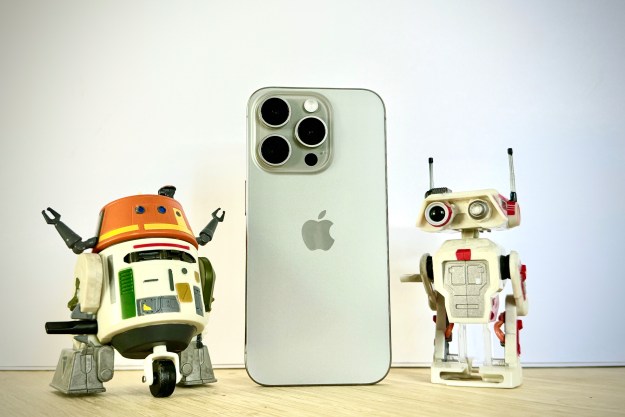
Withings will become part of Nokia Technologies, and when the deal is finalized later this year, will operate as part of a new Nokia Digital Health division. Withings co-founder and CEO Cedric Hutchings will lead the new unit, although there’s no confirmation whether the Withings name will be joined by Nokia’s on future products.
Since selling its mobile division to Microsoft, Nokia has dabbled in hardware partnerships around the world, resulting in devices such as the Nokia N1 tablet. However, it has concentrated on its infrastructure and networks business, particularly in promoting and building hardware that will enable 5G connections. Why is that important here? Because 5G will push the Internet of Things forward in a way we’ve not seen yet.
Withings may be best known for its activity trackers and connected scales, but it also produces connected security cameras for the home, a very cool sleep tracking system called the Aura, and several other connected health products. All these products link up with Withings own mobile apps, and operate with others too. Beyond the compatibility with Nokia’s own 5G-driven IoT dreams, Withings usually beautiful, understated designs, often with bold splashes of color, are reminiscent of the Finnish company’s own cool aesthetic.
Nokia has recently made it very clear the company wants to give the world of consumer electronics another try, and has in the past said it would prefer to find partners rather than build up another massive manufacturing division again. If the Withings acquisition is Nokia’s first step back, it appears to be an excellent fit. Provided all the regulatory bridges are crossed, the acquisition should close just after the summer.
Editors' Recommendations
- Withings’ BeamO may be CES 2024’s coolest health gadget
- Metaverse and 5G: The hollow buzzword match made in heaven
- RingCentral and Microsoft Teams are a match made in heaven
- New affordable Nokia 2.4 and Nokia 3.4 phones are made to last




